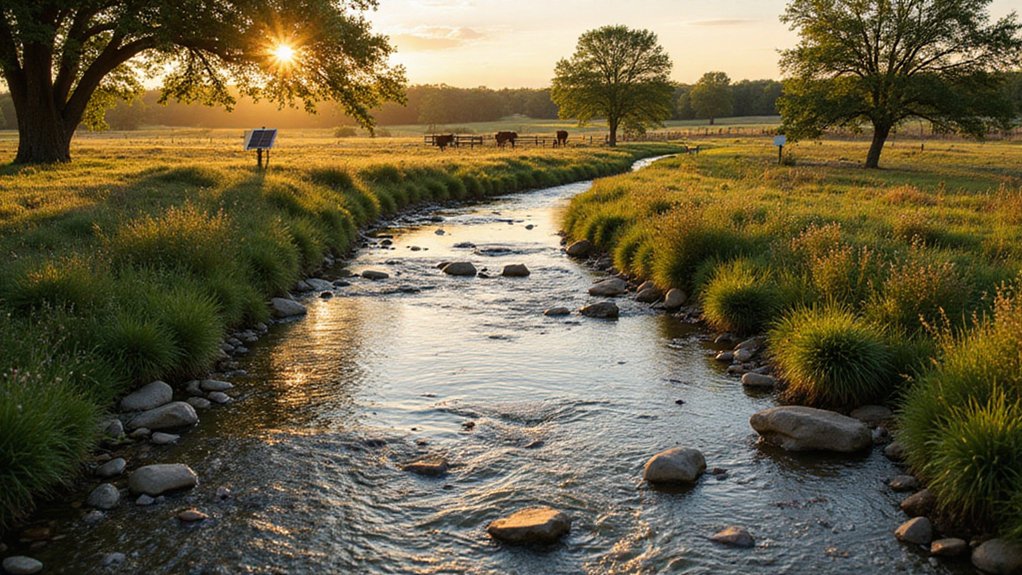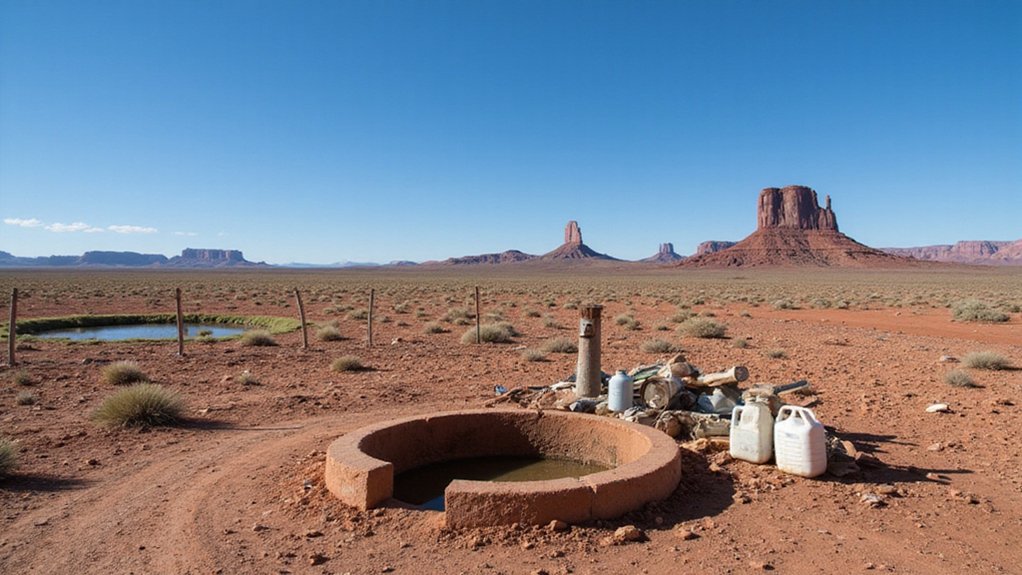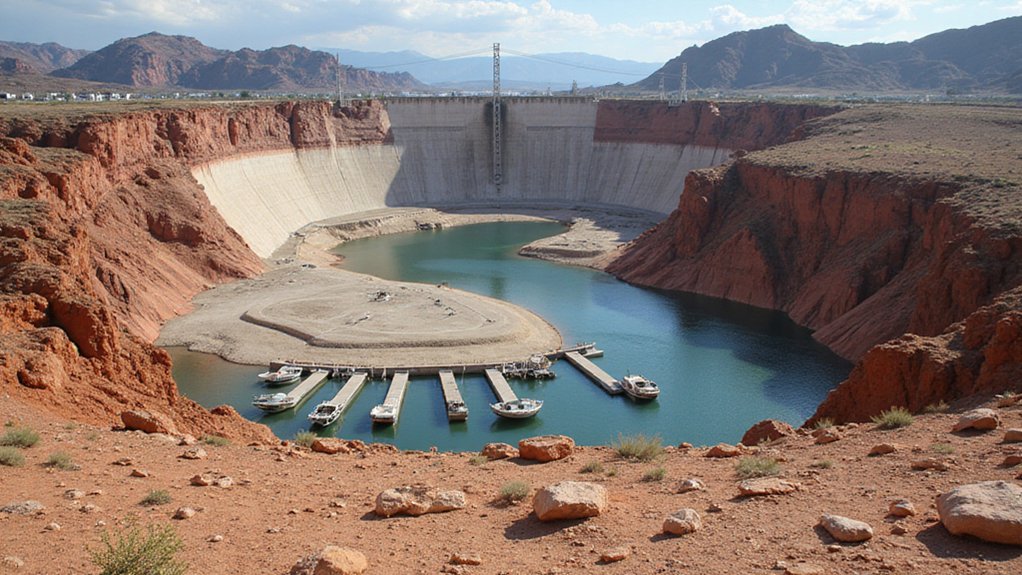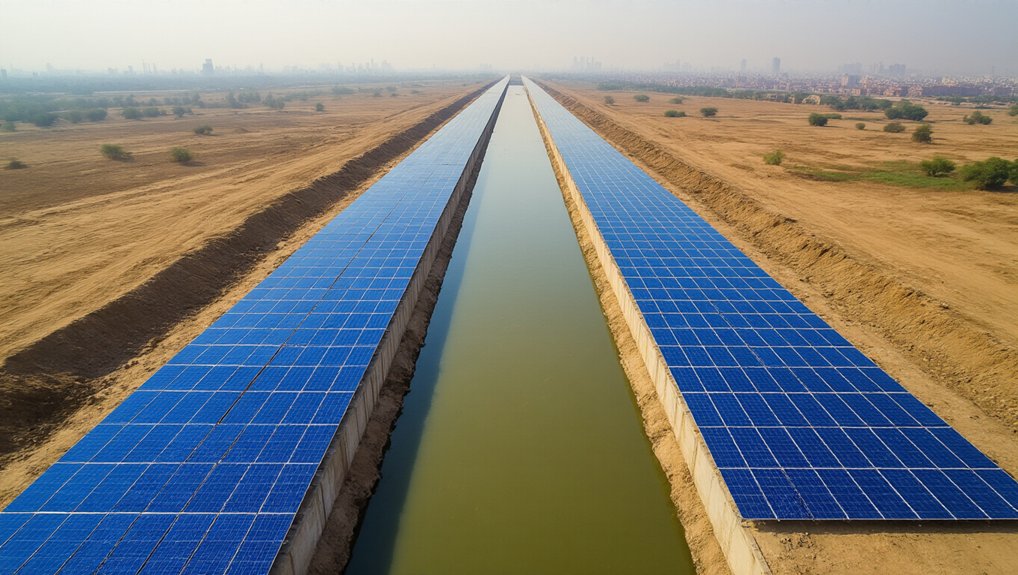While facing water challenges for many years, Oklahoma has made remarkable progress in monitoring and improving its water quality. The state’s Water Trends, Assessment, and Environmental Research (WATER) Monitoring Program now provides essential data that helps officials make informed decisions about Oklahoma’s water resources.
The thorough monitoring system includes about 80 lakes checked quarterly on a five-year rotation, and roughly 70 river and stream sites sampled four times a year. Over 1,000 wells across Oklahoma’s major aquifers are also monitored, with some equipped with special data loggers that track water levels hourly, daily, or weekly.
Oklahoma’s comprehensive water monitoring tracks 80 lakes, 70 rivers and streams, and 1,000 wells, creating a data-rich picture of the state’s water resources.
Lake monitoring typically happens at 3-5 stations in each body of water, representing different zones. This approach allows scientists to assess long-term trends and whether the water meets quality standards. Rivers and streams receive similar attention, with monitoring that helps track pollution issues and provides data for water supply planning.
Citizens play an important role too. Through the Blue Thumb program, volunteers collect monthly water samples and help with fish and bug collections. This data becomes part of official water quality assessments and shows how everyday people can contribute to environmental protection.
The results are encouraging. Over 90% of Oklahoma’s tap water now meets quality standards, including water in Oklahoma City. Oklahoma City’s water undergoes extensive treatment at two plants that process up to 40 billion gallons annually. Even in rural areas, which often face greater water quality challenges, public water systems strive to maintain safe drinking water. The Department of Environmental Quality continues testing for contaminants like mercury in fish from lakes.
Looking ahead, Oklahoma has ambitious goals. The state’s Thorough Water Plan aims to use no more fresh water in 2060 than was consumed in 2010. The Rotating Basin Monitoring Program tracks changes over time, accounting for seasonal variations and climate effects.
All these efforts are coordinated within a regulatory framework where the Water Quality Division maintains clean water standards and regulates facilities that produce drinking water. Through this combination of professional monitoring, citizen science, and long-term planning, Oklahoma continues to improve its water resources for future generations.
References
- https://oklahoma.gov/owrb/data-and-maps/water-monitoring-and-data.html
- https://extension.okstate.edu/fact-sheets/considering-water-quality-in-oklahoma.html
- https://www.deq.ok.gov/wp-content/uploads/water-division/2020_OK_IR_Final_Report-Only.pdf
- https://www.deq.ok.gov/divisions/wqd/
- https://www.homewater.com/blog/get-the-facts-about-oklahoma-city-water-quality-in-2024









